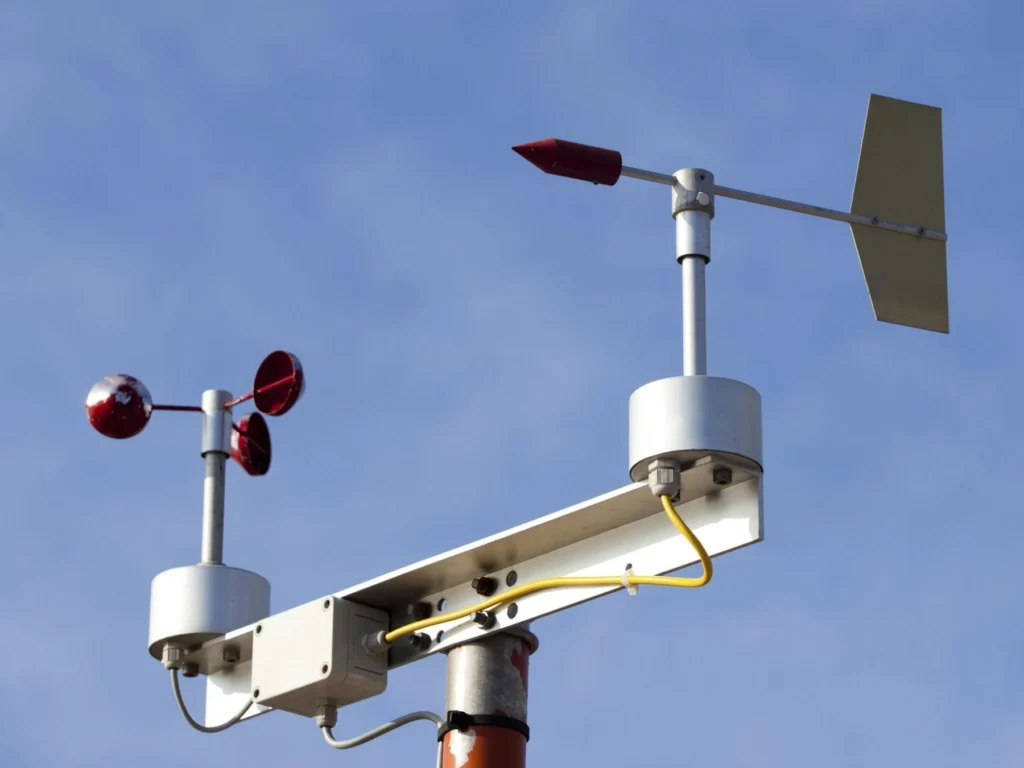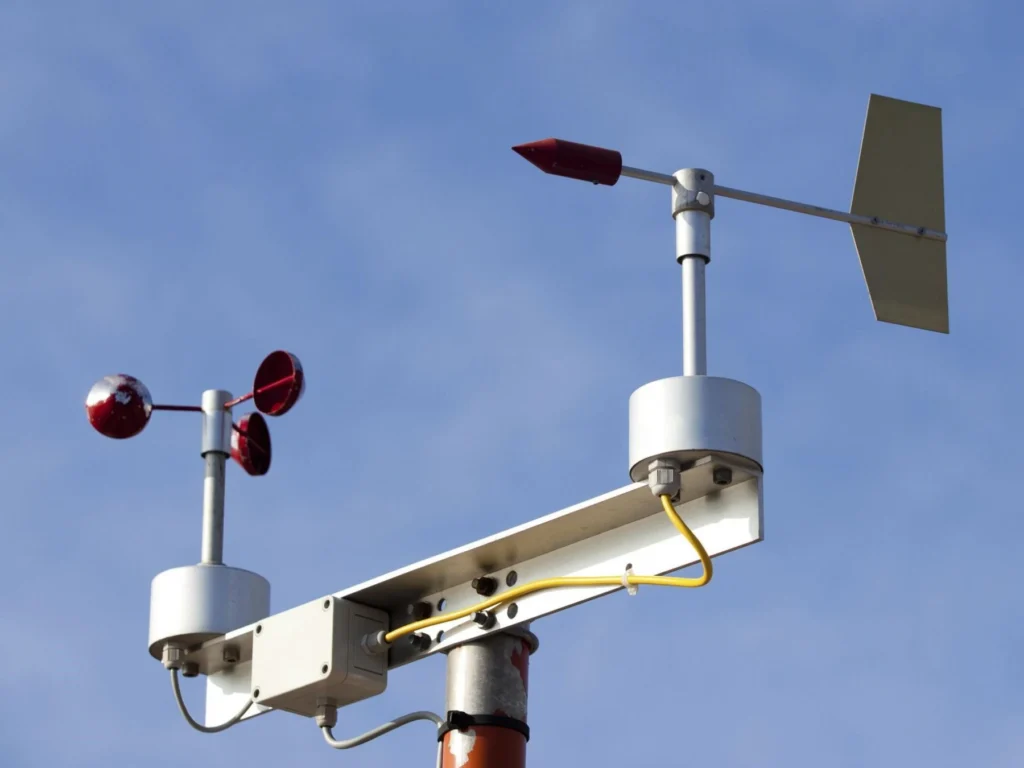
# Wind Measuring Instruments: Essential Tools for Accurate Weather Monitoring
Wind measuring instruments are indispensable tools in meteorology, environmental science, and various industries that rely on accurate weather data. These devices provide critical information about wind speed, direction, and other related parameters, enabling professionals to make informed decisions and predictions.
## Types of Wind Measuring Instruments
There are several types of wind measuring instruments, each designed for specific applications and environments. Some of the most commonly used instruments include:
– Anemometers: These devices measure wind speed and are available in various designs, such as cup, vane, and sonic anemometers.
– Wind Vanes: Also known as weather vanes, these instruments indicate wind direction.
– Wind Socks: Often used at airports, wind socks provide a visual indication of wind direction and speed.
– Lidar and Sodar: Advanced remote sensing technologies that use laser and sound waves, respectively, to measure wind characteristics over large areas.
## Applications of Wind Measuring Instruments
Wind measuring instruments are used in a wide range of applications, including:
– Weather Forecasting: Accurate wind data is crucial for predicting weather patterns and issuing warnings.
– Aviation: Pilots and air traffic controllers rely on wind measurements for safe takeoffs, landings, and flight planning.
– Renewable Energy: Wind turbines require precise wind data to optimize energy production and ensure safety.
– Environmental Monitoring: Wind measurements help in studying air quality, dispersion of pollutants, and climate change.
## Choosing the Right Wind Measuring Instrument
Selecting the appropriate wind measuring instrument depends on several factors, such as the specific application, environmental conditions, and required accuracy. Here are some considerations:
– Accuracy: High-precision instruments are essential for applications like aviation and renewable energy.
– Durability: Instruments used in harsh environments should be robust and weather-resistant.
– Ease of Use: User-friendly devices with clear data displays and simple calibration processes are preferable.
– Cost: Budget constraints may influence the choice of instrument, but it’s important to balance cost with quality and reliability.
## Maintenance and Calibration
Regular maintenance and calibration are crucial to ensure the accuracy and longevity of wind measuring instruments. Here are some tips:
– Regular Cleaning: Keep sensors and moving parts free from dirt and debris.
– Calibration: Periodically calibrate instruments according to the manufacturer’s guidelines to maintain accuracy.
– Inspection: Regularly inspect for wear and tear, and replace any damaged components promptly.
– Software Updates: For digital instruments, ensure that the software is up-to-date to benefit from the latest features and improvements.
## Conclusion
Wind measuring instruments are vital tools for accurate weather monitoring and decision-making across various fields. By understanding the different types of instruments, their applications, and the importance of proper maintenance, users can ensure reliable and precise wind data. Whether for weather forecasting, aviation, or renewable energy, these instruments play a crucial role in enhancing safety, efficiency, and environmental awareness.
Keyword: wind measuring instrument
